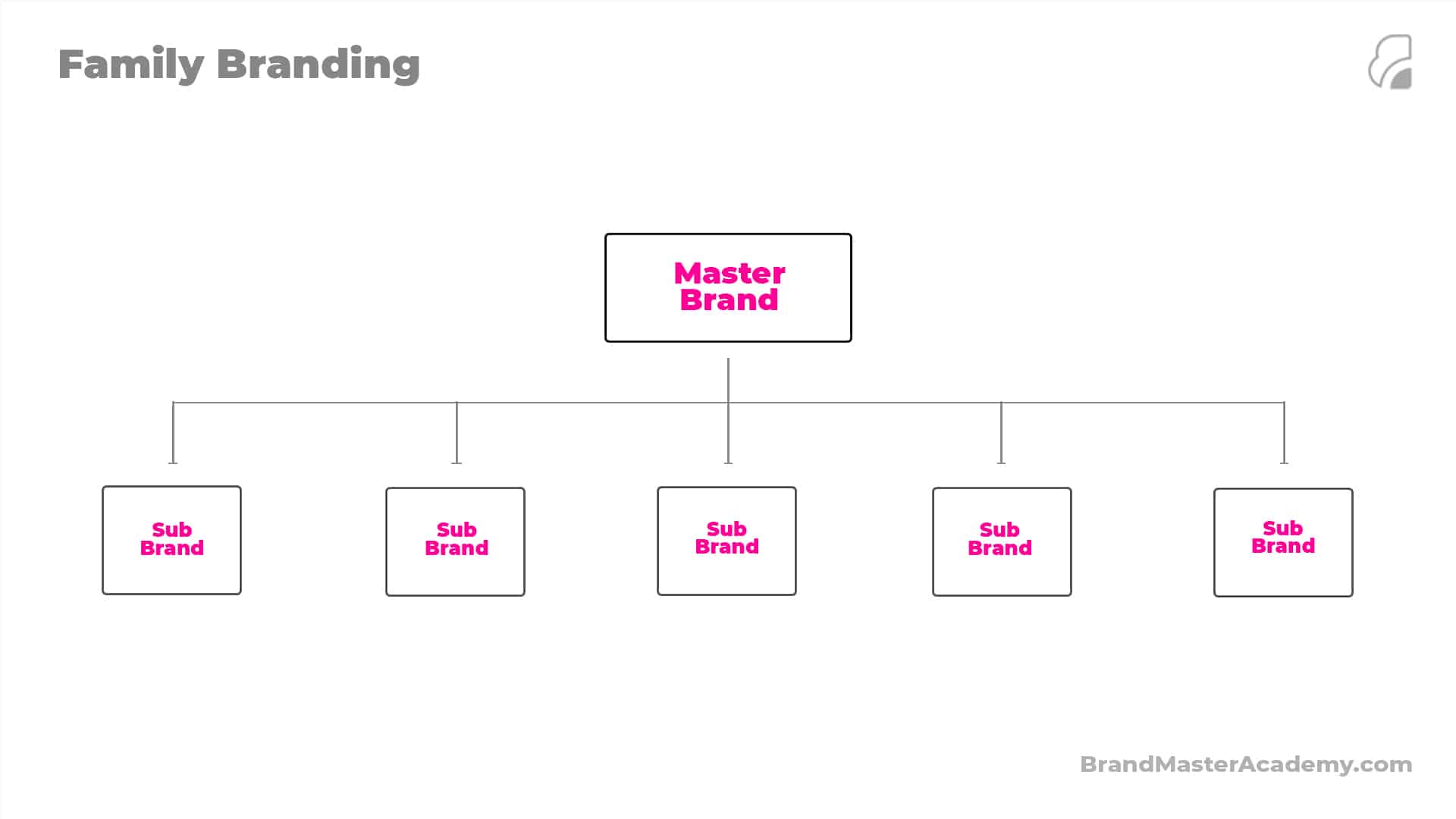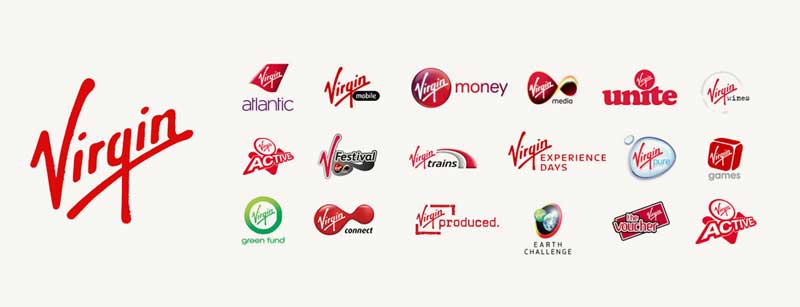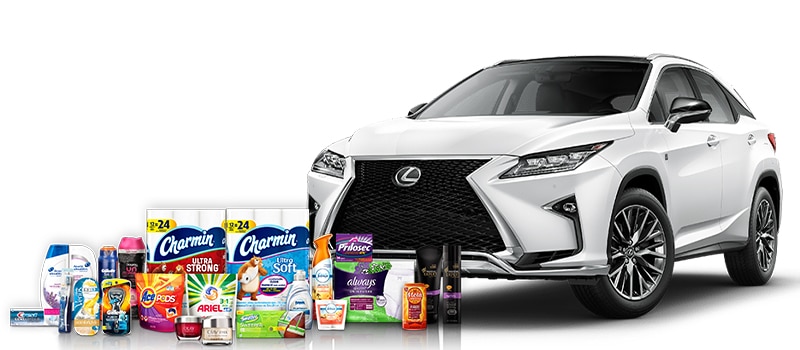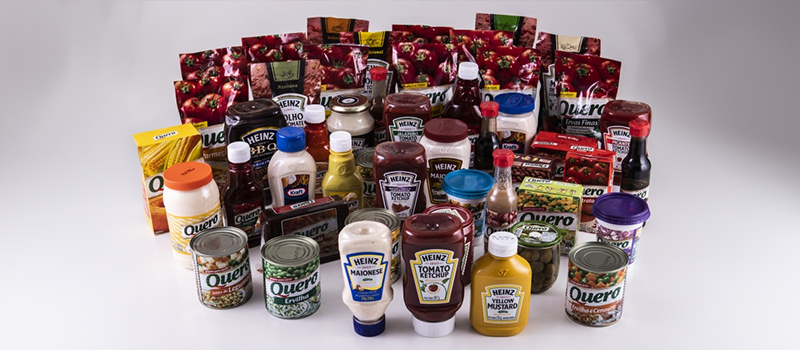What is family branding and why do so many of the world’s best brands use it to boost their chances of success?
In a nutshell, “family branding” is simply a term used for companies marketing multiple related products to a target market under a single brand name.
The family brand, sometimes referred to as an umbrella brand, leverages the brand name and reputation to promote a “family” or “suite” of products to the market.
The brand experience offered through one product or service is usually mirrored through others in the family, ensuring a seamless customer experience.
Though the strategy can offer immense potential value, it relies heavily on consistency, doesn’t guarantee success, and poses some challenges.
Let’s dive into your ultimate guide to family branding.
What is Family Branding?

Family branding, in its essence, is a branding & marketing strategy where multiple products are promoted and sold under one brand name.
This approach allows companies to capitalize on the established reputation (also known as brand equity) of the main brand, making it easier to introduce new products to the market.
For instance, if a tech company known for its innovative smartphones introduces a smartwatch, consumers are more likely to trust and try out the new product because of the positive association with the parent brand.
This strategy not only reduces marketing costs but also enhances market acceptance of new products.
Umbrella Branding vs Family Branding

While the terms "umbrella branding" and "family branding" are often used interchangeably, there are subtle differences.
Umbrella branding refers to the practice of using a single brand name for a wide range of unrelated products.
In essence, although these products are under the same umbrella, they’re not part of the same family.
For example, an umbrella brand may use its brand name for both finance products and an airline, just as Virgin has done. .
On the other hand, family branding focuses on marketing related products under one brand name.
The key distinction lies in the product's relation: Family branding emphasizes products that complement each other, while an umbrella branding strategy doesn't necessarily require product relation.
PRO Brand Strategy BluePrint
Build Brands Like A Pro Brand Strategist

How Does Family Branding Work?

Family branding operates on the principle of brand equity transfer. So, let’s unpack that a little.
When a company has positive brand equity (i.e. a good reputation and strong brand recognition), it can leverage this equity to promote other products.
The idea is that the trust and loyalty customers have for one product will transfer to other products under the same brand umbrella.
For example, if a company renowned for its amazing cheeses launches a new cream, the trust in the cheese can boost the initial reception of the cream.
This strategy can be cost-effective, because the company doesn't need to build brand recognition from scratch for every new product.
That said, this strategy borrows from one to give to the other and as such, a problem for one is a problem for the other.
It's really important to maintain consistent quality across all products to avoid potential brand dilution.
The Important Role of a Family Branding Strategy

A well-defined family branding strategy aligns with a company's mission and core values.
It's not just about slapping the same logo on different products; it's about making sure that each product delivers on the brand's promise with an aligned experience.
This consistency in quality and brand experience fosters trust and loyalty throughout the customer base, which is also an important reference of connection to foster a strong community.
When executed correctly, family branding can lead to increased market share, customer loyalty, and reduced marketing costs.
When executed well, it can lead to a suite of products thiving in an eco-system of cross promotion and passionate evangelists.
Family Branding vs Individual Branding

Family branding and individual branding are two sides of the branding coin.
While family branding promotes multiple products under one brand name, individual branding assigns a unique brand name and experience to each product.
For example, although P&G sell multiple products, they’re branded individually, seperated from the parent brand and the potential equity it could borrow.
Individual branding can be beneficial when targeting different market segments or when a company wants to differentiate its products significantly.
A company might use individual branding if it produces both luxury and budget products, ensuring that the luxury brand's image isn't diluted by the budget product (or vice versa) as Toyota did when they introduced Lexus.
However, individual branding can be more expensive, as each brand requires separate marketing efforts.
Explore Brand Strategy
Programs & Tools
Family Branding vs. Brand Extension

Brand extension is a strategy where a company uses its established brand name to enter a new product category.
The key distinction here is the product category. An example of a brand extention is Nike extending into the golf category.
Although both running and golf could be categorised under “sports apperal”, their markets are completely different.
Family branding focuses on related products, while brand extension can venture into entirely new product categories.
If ever in doubt, ask yourself:
How related are these products?.
Commonalities in Family Branding Strategy

Successful family brands often share certain elements.
They maintain consistent quality across products, meaning that one product's success boosts others.
They also prioritize clear communication, which makes sure that consumers understand the relationship between products.
Effective family branding strategies also focus on shared experiences.
If the experience of purchasing and using one product is a positive experience, then this positive experience can essentially be reproduced across product lines adding to the sense of cohesion.
Pros a Family Brand Strategy
Cost-Efficient Marketing

Promoting a single brand name for multiple products can be more cost-effective than marketing each product individually.
This approach allows companies to allocate their marketing budget more efficiently, potentially leading to higher returns on investment.
Leveraging Established Brand Equity

An established brand name carries trust and recognition. When new products are introduced under this name, they can benefit from the existing positive reputation.
As a result, new products can achieve faster market penetration and acceptance, reducing the time and effort required to build trust.
Facilitates New Product Introduction

Consumers are more likely to try a new product from a brand they already know and trust.
This reduced resistance to new product adoption can lead to quicker sales and market share acquisition.
Consistent Brand Experience

Offering multiple products under the same brand ensures a consistent brand experience across product lines.
This enhances customer loyalty and trust, as they know what to expect from the brand regardless of the specific product.
Risk Diversification

If one product under the family brand doesn't perform well, the overall brand can still remain strong due to the success of other products.
This ensures that the brand's overall reputation remains more stable, fostering sustained customer loyalty.
Cons of a Family Brand Strategy
Negative Spillover Effect

If one product under the family brand faces a scandal or quality issue, it can tarnish the reputation of all other products under the same brand.
This can lead to a decrease in trust and sales for all products, even if they weren't directly involved in the issue.
Risk Of Brand Dilution

Introducing too many products or venturing too far from the core product line can dilute the brand's essence and meaning.
Consumers might become confused about what the brand stands for, leading to reduced brand loyalty and trust.
Higher Stakes

With all products under one brand, the stakes are higher.
A significant failure can have repercussions for the entire brand, leading to potential loss of market share and the need for significant damage control and reputation management.
Limitations on Product Positioning

All products under the family brand might be expected to maintain a similar positioning, limiting flexibility.
This can pose challenges in targeting diverse market segments or adjusting the positioning of individual products based on market feedback.
Overdependence on a Single Brand

Relying too heavily on one brand for multiple products can be risky if the market dynamics change or if the brand faces unforeseen challenges.
This can lead to potential vulnerability to market shifts and challenges in pivoting or rebranding if needed.
Popular Examples of Family Branding
Pepperidge Farm

Pepperidge Farm is a classic example of how family branding works in the food industry.
If you've tried and loved a certain type of bread from Pepperidge Farm, you're likely to try other bread types or even different products under the same brand, trusting the consistent quality they offer.
Heinz

Heinz is a quintessential umbrella brand.
While most recognized for its ketchup, the Heinz name graces a variety of products, from mustard and vinegar to beans and more. I for one can attest to this.
For me, there’s only one choice when it comes to ketchup, just as there’s only one choice when it comes to baked beans.
Apple

Apple, a tech giant, utilizes family branding by offering a range of products under its brand name, from iPhones and iPads to MacBooks.
The consistent user experience and design aesthetics across products, as well as the aligned experience from packaging to support, reinforce the brand's promise of quality and innovation.
Over To You
Family branding is a powerful strategy. When it’s executed well, it can lead to increased market share, customer loyalty, and reduced marketing costs.
However, it's not without its challenges.
Brands need to streamline consistent quality across products and be prepared to handle potential negative spillover effects if they happen.
Remember, this strategy is a game of borrowing from one to give to another. All products need to give back to fit into the eco-system. As with any strategy, the decision as to whether or not may be an effective approach for your brand, should be guided by the challenges and opportunities at hand.FAQs
1. What is family branding with example?
Family branding is a strategy where multiple related products are marketed under a single brand name. For instance, a tech company might market multiple products such smartphones, tablets, and laptops under one brand.
2. What is the meaning of family branding?
It refers to the marketing of several related products under one brand name.
3. How does Apple use family branding?
While we're avoiding cliché examples, Apple is a classic case of family branding, where products like the iPhone, iPad, and MacBook are all marketed under the Apple brand.
4. What is an example of a family umbrella brand?
An example would be a tech company that markets a range of products, from smartphones to smartwatches, under one brand name.
5. What is the best example of a family brand?
A skincare company that offers moisturizers, cleansers, and serums all under one brand name would be a good example.






